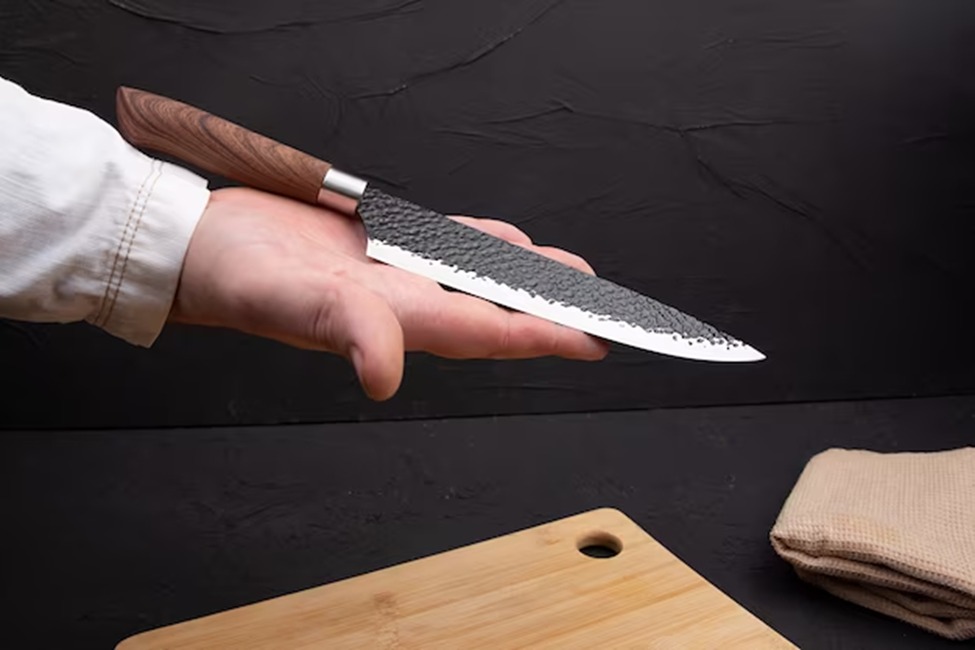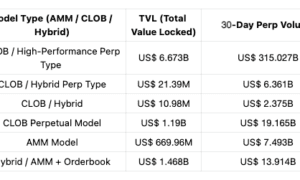Sharpening a knife is an essential skill for any chef or cooking enthusiast. However, it is not uncommon for people to make mistakes when sharpening their knives, particularly when it comes to maintaining the correct angle. Angle errors can have significant consequences on the performance and longevity of your knives. In this article, we will discuss some common mistakes to avoid when sharpening knives and the potential consequences of these angle errors.
1. Inconsistent Angles:
One of the most common mistakes people make when sharpening their knives is maintaining inconsistent angles throughout the sharpening process. This can result in an uneven edge, making the knife less effective and increasing the risk of accidents. When sharpening a knife, it is crucial to maintain a consistent angle on both sides of the blade. Using a sharpening guide or angle guide can help you achieve and maintain the desired angle, ensuring a sharp and even edge
2. Incorrect Angle Selection:
Another mistake to avoid is selecting the wrong angle for sharpening your knife. Different knives require different angles based on their purpose and blade material. Using too steep or shallow an angle can result in a blade that is either too fragile or not sharp enough. It is essential to research and understand the optimal angle for sharpening your specific knife. Consult the manufacturer’s recommendations or seek advice from experts to ensure you are using the correct angle for sharpening.
3. Overly Aggressive Sharpening:
Some individuals may be tempted to apply excessive pressure or use aggressive sharpening techniques to achieve a sharper edge quickly. However, this can lead to angle errors and damage the blade. Applying too much pressure can cause the knife to slip or wobble, resulting in an uneven edge. Additionally, aggressive sharpening can remove more material than necessary, shortening the lifespan of your knife. It is crucial to be patient and apply consistent, controlled pressure when sharpening to avoid angle errors and preserve the longevity of your knife.
4. Neglecting the Blade’s Original Angle:
When sharpening a knife, it is important to consider the blade’s original angle. Many knives come with a factory-set angle, which should be maintained during sharpening. Neglecting the original angle can result in a blade that is too thin or thick, affecting its performance and durability. If you are unsure of the original angle, it is best to consult the manufacturer or use a sharpening guide to ensure you maintain the proper angle during sharpening.
5. Lack of Practice and Experience:
Sharpening knives is a skill that requires practice and experience to master. Many angle errors can be avoided by developing a steady hand and understanding the nuances of sharpening. It is recommended to start with inexpensive or old knives to practice your sharpening technique before moving on to more valuable or delicate blades. By dedicating time to practice and gaining experience, you can minimize angle errors and achieve a consistently sharp edge on your knives.
Conclusion:
Avoiding angle errors is crucial when sharpening knives to ensure optimal performance and longevity. By maintaining consistent angles, selecting the correct angle, avoiding overly aggressive sharpening, considering the blade’s original angle, and practicing regularly, you can sharpen your knives effectively and avoid the consequences of angle errors. Remember, a sharp knife is not only safer but also enhances your culinary experience by allowing for precise and effortless cutting.





























